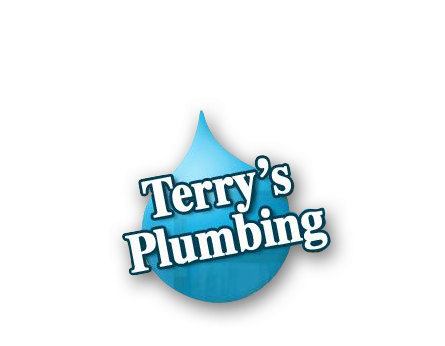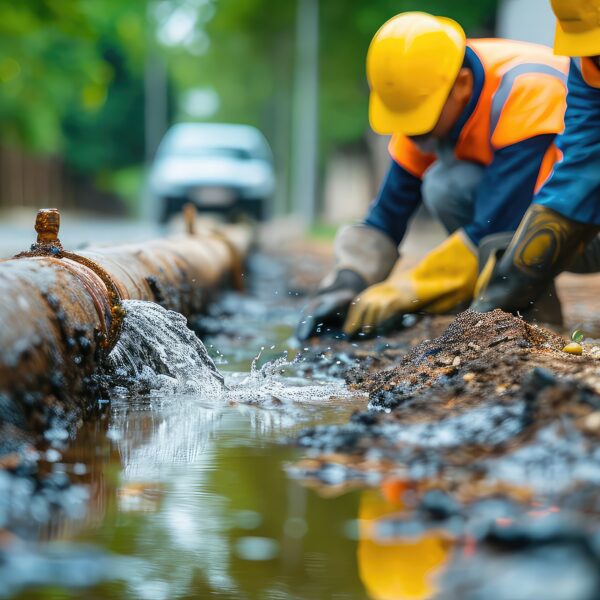 (412) 364-9114
(412) 364-9114

Across the United States, families are increasingly exposed to harmful chemicals whose source few people know. It begins on a street in front of your home, where a worker is repairing a sewer pipe in a manhole. The craftsman inserts a resin-soaked sleeve into the buried pipe and then heats it, turning the resin into a hard plastic pipe.
This is one of the cheapest and most common methods of pipe repair, but it carries a serious risk: heating the resin creates harmful fumes that can travel through the sewer lines into surrounding buildings, sometimes several blocks away.
These chemicals have sickened hundreds of people, forced building evacuations and even led to hospitalizations. As the bipartisan Infrastructure Act of 2022 now directs hundreds of millions of dollars to communities across the U.S. to fix broken pipes, the number of people at risk is likely to rise. Here’s how risks can be lowered if companies take appropriate measures.
So far, chemical exposure has been reported in at least 32 states and seven countries. In addition to homes, this process has also affected schools, restaurants, medical facilities and other businesses.
Chemicals can enter buildings through sinks, toilets, cracks in the foundation, doors, windows, and heating and ventilation systems. The chemicals can even enter buildings that have water-filled traps.
With the wave of infrastructure projects looming, it is clear that controls are needed to reduce the risk of people being harmed.
We advise residents to:
Companies can also minimize risks. They can:
As communities across the U.S. prepare to address aging infrastructure, it’s crucial to recognize the hidden risks associated with common pipe repair methods, particularly the toxic fumes generated during resin curing. By implementing proper safety measures, both residents and repair companies can significantly reduce exposure and protect public health.
Residents should stay vigilant, take proactive steps to safeguard their homes, and report any concerns promptly. At the same time, companies must prioritize safer materials and practices to minimize risks. By working together, we can ensure that much-needed infrastructure improvements are completed without compromising the safety and well-being of our families and communities.